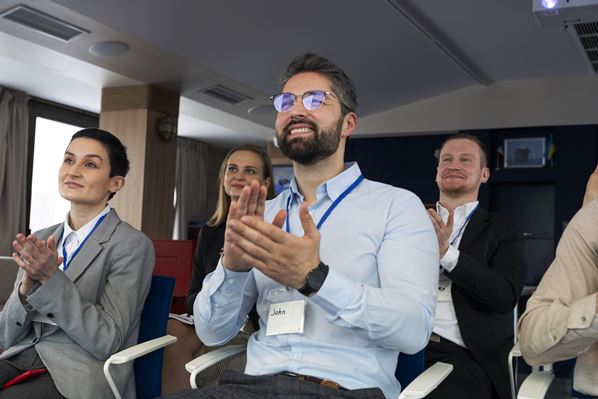
Businesses and groups may now use events to interact with their target audience, build brand recognition, and leave a lasting impression. By fostering, an integrated and immersive experience, branding and identity are essential to attaining these goals.
By utilising the expertise of event management services, businesses can make sure that their essence is seamlessly woven into every aspect of the day, from the first invitation to the follow-up.
Define Your Brand
To begin, consider the core of your company or organisation. Think about your unique selling proposition and the principles you want to uphold. To do this correctly, communication between the event management team and the representative company is essential. Identifying your company’s personality traits, such as inventiveness, reliability, and community participation, may be necessary for this.
After then, think about the emotions and associations you wish to arouse. Understanding the emotional connection you want to build helps inform your branding choices and helps you provide guests with a cohesive, memorable experience, whether you’re trying to inspire excitement, trust, or innovation.
When defining the name you represent, remember that authenticity is essential. This should accurately reflect who you are and what you believe in. Avoid attempting to imitate other competitors and implementing trends that are incongruent with your values. Instead, emphasize the distinctive qualities that make you stand out.
Consistent Visual Elements
This might start with the design of a logo that captures the spirit and guiding principles of your company. The logo needs to be distinctive and simple to recognise. Once you have a logo, you can choose a colour scheme to go with it that will also evoke the correct feelings.
Utilising the same colours consistently across your event materials strengthens the brand identity of your company and gives attendees a cohesive visual experience. Typography integration may be quite significant. If your company has a contemporary, sleek, or sophisticated aesthetic, use typefaces that match that.
Using graphic components throughout might improve how people see your business. These might be abstract designs that are unique to your business’ name and can be used on several platforms. As a result, you become more recognisable and cohesive, and people will identify you with the company you represent.
Engaging Event Theme
When putting the finishing touches on the concept, make sure that it adheres to your messaging while also being aesthetically pleasing. This should enhance the narrative or objective of your business, forging an unbroken link between your brand and the event atmosphere. Consider a “Green Oasis” concept, for instance, which combines eco-friendly components all throughout the event, if your company focuses on sustainability.
Think of ways to include it in every aspect of the event to increase coherence. Attendees have to be engrossed in and aware of the link to your business from the minute they receive invites or visit the website. To generate interest and anticipation before the event, think about utilising this in social media postings or teaser marketing.
Make sure the concept is visibly conveyed to participants once they arrive using well-designed signage, stage backdrops, and decorations. To provide participants with an immersive experience, the ambient and general mood should match the topic.
Personalised TouchPoints
One tactic is to give away items that are symbolic of your business and users. These can include things like custom-designed stuff, giveaways, and specialised souvenirs. As a consequence, you can make an effect that lasts longer than just the day by providing physical items that participants may keep as a reminder of their involvement.
They might incorporate interactive activities that showcase the character of the business. These may include photo booths with branded props and filters as well as gamification components that motivate visitors to interact with your venues actively.
You may generate delight and excitement while also highlighting the unique aspects of what you do by giving people the chance to participate and connect.
Uniformed Messaging
Speakers in presentations, lectures, and seminars should make their points clear. This entails including key talking points within the document’s text. Your material should be consistent and improve your reputation, whether it does it using tales, facts, or demonstrations. To help presenters provide a cogent and understandable presentation, provide them with guidelines and discussion topics.
Additionally, post-event communications are also important. Personalise the thank-you cards you send to guests by highlighting noteworthy events that support the message. Post highlights in the form of images and videos to your website and social media channels. Give guests ways to interact with your brands more, such as exclusive material, polls, and deals.
Conclusion
Attendees are engaged in a seamless trip that lasts long beyond the event with a well-defined brand, consistent message, and personalised touchpoints. All the components of an event’s branding and identity come together to provide an outstanding experience that improves guests’ perceptions of your company and leaves a lasting impression.




